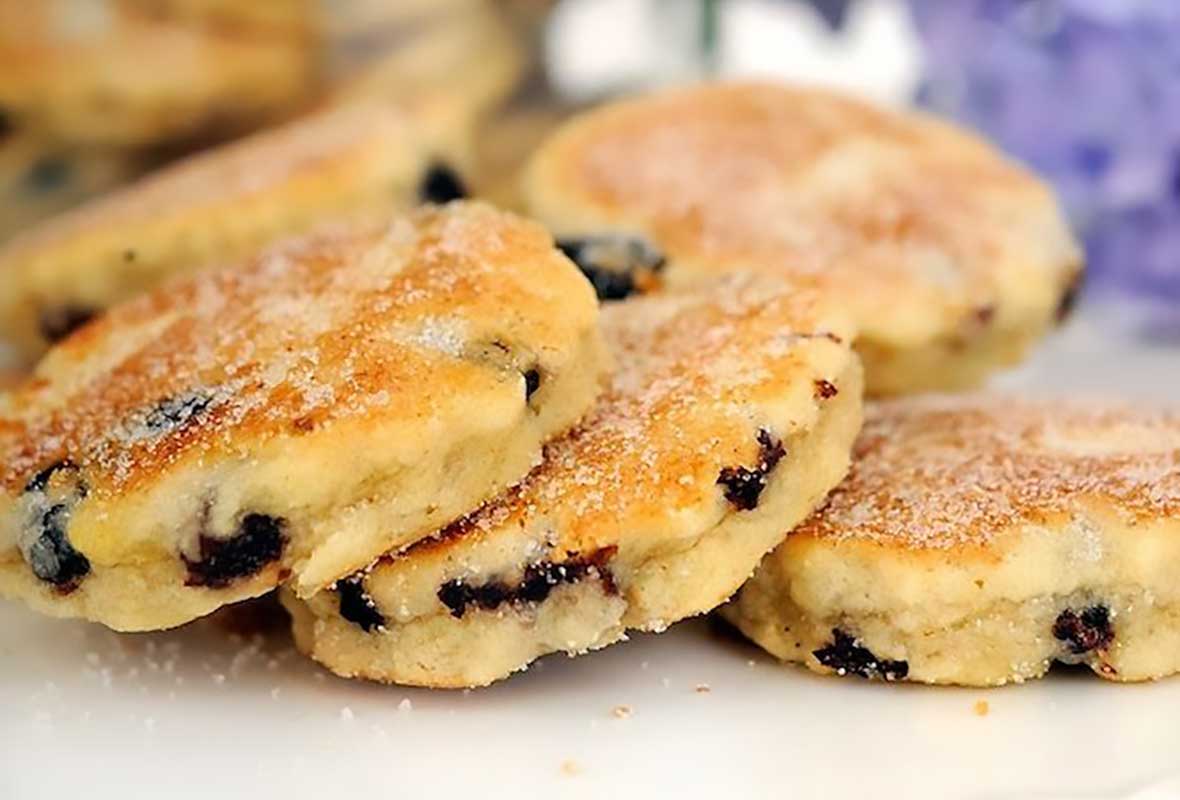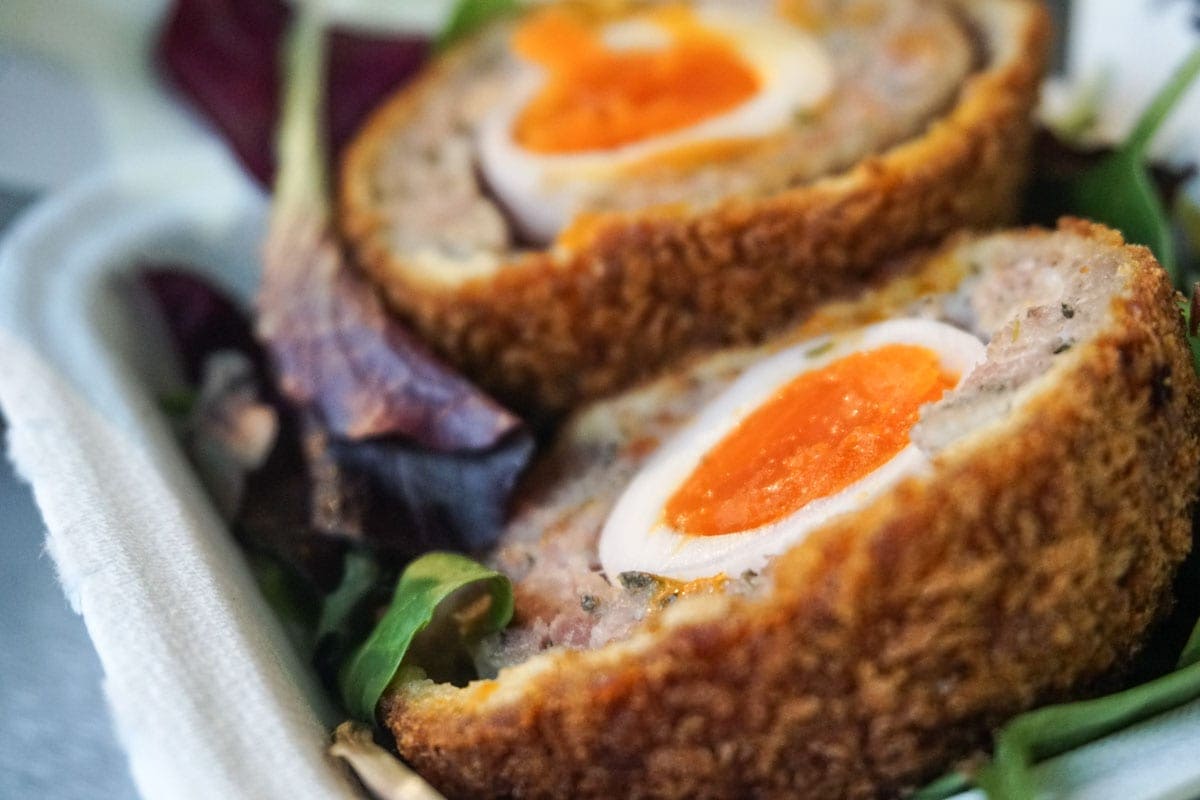Architecture
The architecture of the United Kingdom, or British architecture, consists of an eclectic combination of architectural styles, ranging from those that predate the creation of the United Kingdom, such as Roman, to 21st century contemporary. England has seen the most influential developments, though Ireland, Scotland, and Wales have each fostered unique styles and played leading roles in the international history of architecture. Although there are prehistoric and classical structures in the United Kingdom, British architectural history effectively begins with the first Anglo-Saxon Christian churches, built soon after Augustine of Canterbury arrived in Great Britain in 597.
Norman architecture was built on a vast scale throughout Great Britain and Ireland from the 11th century onwards in the form of castles and churches to help impose Norman authority upon their dominions. English Gothic architecture, which flourished between 1180 until around 1520, was initially imported from France, but quickly developed its own unique qualities.
Throughout the United Kingdom, secular medieval architecture has left a legacy of large stone castles, with a concentration being found lining both sides of the Anglo-Scottish border, dating from the Wars of Scottish Independence of the 14th century. The invention of gunpowder and cannons made castles redundant, and the English Renaissance that followed facilitated development of new artistic styles for domestic architecture: Tudor style, English Baroque, Queen Anne Style, and Palladian. Georgian, Scots Baronial and Neoclassical architecture advanced after the Scottish Enlightenment, and since the 1930s various modernist forms appeared, though traditionalist resistance movements continue with support from Charles, Prince of Wales.
onic architectural styles from the late 15th century onwards.
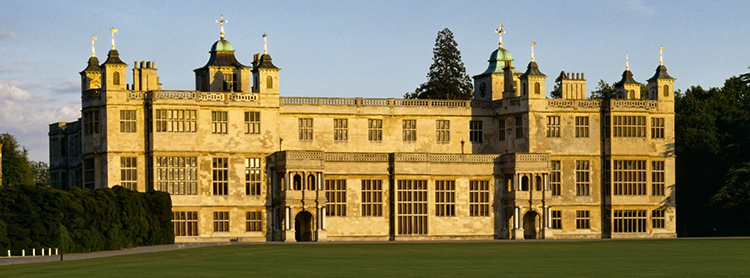
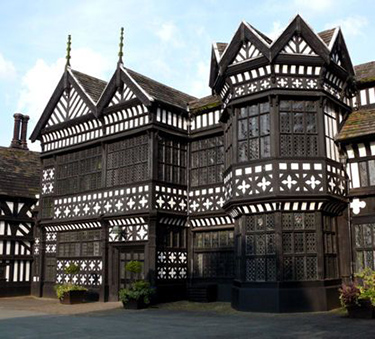
Tudor
The Tudor period was the final phase of Medieval architecture in Britain, and covers the era between the late 15th and early 17th centuries. Typical features of a Tudor building may include masonry chimneys, grouped windows, half-timbering and gable roofs.
The Tudor period was the final phase of Medieval architecture in Britain, and covers the era between the late 15th and early 17th centuries. Typical features of a Tudor building may include masonry chimneys, grouped windows, half-timbering and gable roofs.
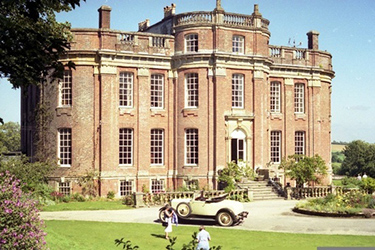
Baroque
Baroque architecture was popularised during the late 17th century and was regarded as a highly elaborate take on Classicism. The late 1690s saw the appearance of the first Grand Baroque country houses, with the most iconic figures of the movement including Sir Christopher Wren, Sir John Vanbrugh and Nicholas Hawksmoor.
Baroque architecture was popularised during the late 17th century and was regarded as a highly elaborate take on Classicism. The late 1690s saw the appearance of the first Grand Baroque country houses, with the most iconic figures of the movement including Sir Christopher Wren, Sir John Vanbrugh and Nicholas Hawksmoor.
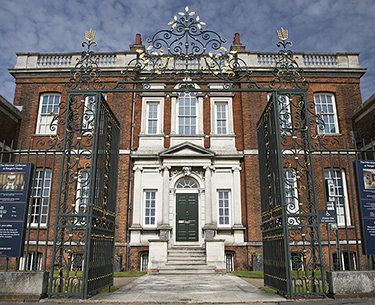
Georgian
The Georgian era of architecture lasted between around 1780 and 1820. It was influenced by Roman architecture, and usually involved classical exteriors and elaborate interiors. Walls were normally painted in a single colour and ceilings were divided into sections. Colours characterising the Georgian period included lavender, pink, pea green and light blue. Other characteristics included high ceilings and panelled doors.
The Georgian era of architecture lasted between around 1780 and 1820. It was influenced by Roman architecture, and usually involved classical exteriors and elaborate interiors. Walls were normally painted in a single colour and ceilings were divided into sections. Colours characterising the Georgian period included lavender, pink, pea green and light blue. Other characteristics included high ceilings and panelled doors.
Early 19th century architecture inspired by the buildings of the era is referred to as ‘Neo-Georgian architecture’. Prior to the Georgian era, Palladian architecture had been on the rise. This movement was inspired by Venetian architect Andrea Palladio and briefly became popular amongst the British in the mid-17th century before the Civil War took place and the country entered a period of austerity. However, it once again became an architectural force across Europe in the early 18th century.
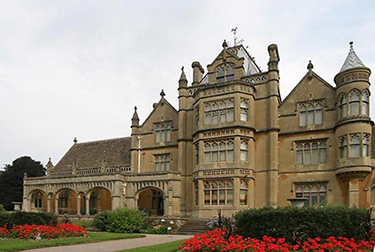
Victorian
The Victorian era consisted of various British architectural styles, including Medieval and Renaissance. Tudor and mock-Gothic building styles enjoyed a revival, and the early part of the period involved highly-elaborate detailing. Approaches to architecture became simpler towards the end of the era.
The Victorian era consisted of various British architectural styles, including Medieval and Renaissance. Tudor and mock-Gothic building styles enjoyed a revival, and the early part of the period involved highly-elaborate detailing. Approaches to architecture became simpler towards the end of the era.
The Industrial Revolution enabled architects to make use of glass and iron. Victorian roofs often had steep pitches, which made them ideal for loft conversions. The era is synonymous with terracotta tiles, bay sash windows, multi-coloured brickwork, sizeable mantelpieces for ornaments, white painted woodwork and cast iron gates.
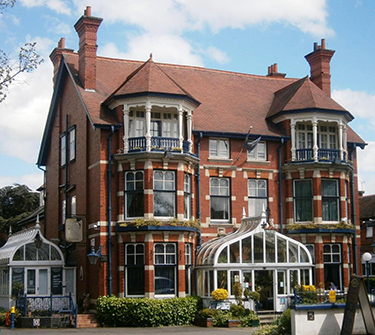
Edwardian
The Edwardian period covers 1901-1918 in terms of architectural trends. It took influence for the Georgian and medieval eras. Homes were given larger frontages and therefore extra room for halls. Colours became lighter, with walls not attracting as much dirt as previously. Patterns became less elaborate and complex. Typical features of Edwardian buildings include small paned leaded windows, rough cast walls, half timbering, wooden porches and bare floorboards with rugs sitting on them.
The Edwardian period covers 1901-1918 in terms of architectural trends. It took influence for the Georgian and medieval eras. Homes were given larger frontages and therefore extra room for halls. Colours became lighter, with walls not attracting as much dirt as previously. Patterns became less elaborate and complex. Typical features of Edwardian buildings include small paned leaded windows, rough cast walls, half timbering, wooden porches and bare floorboards with rugs sitting on them.
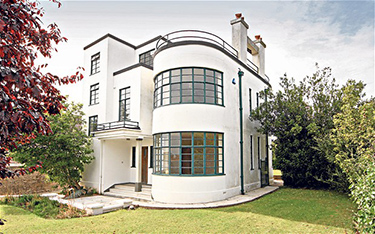
Art Deco
The Art Deco period lasted between around 1925 and 1939, and was synonymous with modernity, innovation, harmony and simplicity. The era had two parts: Zigzag Moderne in the 1920s and Streamline Moderne in the following decade. Many courthouses, schools and other public buildings adopted this style in the era, with many Art Deco-inspired buildings not actually being unveiled until after the war. Features included small round windows, curved corner walls, flat roofs, metal railings, zigzags and chevrons.
The Art Deco period lasted between around 1925 and 1939, and was synonymous with modernity, innovation, harmony and simplicity. The era had two parts: Zigzag Moderne in the 1920s and Streamline Moderne in the following decade. Many courthouses, schools and other public buildings adopted this style in the era, with many Art Deco-inspired buildings not actually being unveiled until after the war. Features included small round windows, curved corner walls, flat roofs, metal railings, zigzags and chevrons.
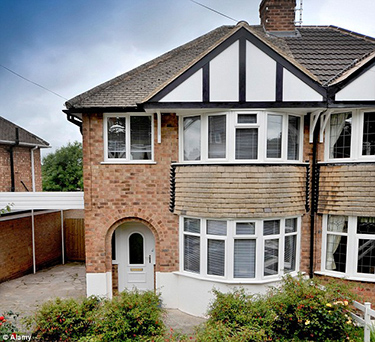
1930s
The 1930s saw vast numbers of people taking advantage of greater transport links and relocating to rural settings outside of towns and cities. The homes built in this era came in a variety of different British architectural styles, with buildings taking inspiration from the Victorian era and the Tudor period. Buildings deemed to be modern in style often featured curves and uncomplicated lines and were built from steel and cement. Most houses were smaller than older homes. Bungalows became popular during this period, including single level bungalows and bungalows with bedrooms built into the roof. A large number of flats were built in the 1930s. Popular features included oak doors, red clay roof tiles, false beams and oak panelling interiors.
The 1930s saw vast numbers of people taking advantage of greater transport links and relocating to rural settings outside of towns and cities. The homes built in this era came in a variety of different British architectural styles, with buildings taking inspiration from the Victorian era and the Tudor period. Buildings deemed to be modern in style often featured curves and uncomplicated lines and were built from steel and cement. Most houses were smaller than older homes. Bungalows became popular during this period, including single level bungalows and bungalows with bedrooms built into the roof. A large number of flats were built in the 1930s. Popular features included oak doors, red clay roof tiles, false beams and oak panelling interiors.
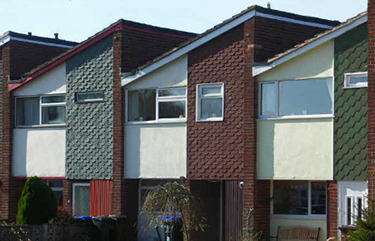
Post-WWII
The initial post-war era was characterised by a break from the past with little inspiration being taken from older building styles. However, by the mid-1960s, enthusiasm for older styles had been reignited and interest in preserving older buildings was on the rise.
The initial post-war era was characterised by a break from the past with little inspiration being taken from older building styles. However, by the mid-1960s, enthusiasm for older styles had been reignited and interest in preserving older buildings was on the rise.
A growing number of old buildings were being renovated and modernised without their most charming features being dispensed with. The mid-to-late sixties was the era of Postmodern Architecture. This style was seen as an attempt to improve upon Modernism or the International Style, which was often seen as cold, ugly and merely functional, rather than pleasant and welcoming. Brutalism also became popular in the post-war era. This movement was based on exposed concrete and retains a large number of admirers, but many buildings created in this style have since been demolished.
https://en.wikipedia.org/wiki/Architecture_of_the_United_Kingdom source of information



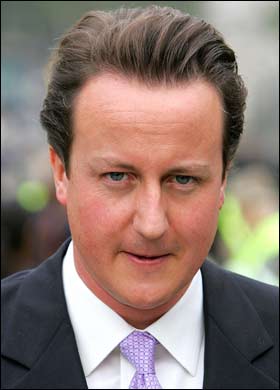
:max_bytes(150000):strip_icc()/best-fish-and-chips-recipe-434856-Hero-5b61b89346e0fb00500f2141.jpg)
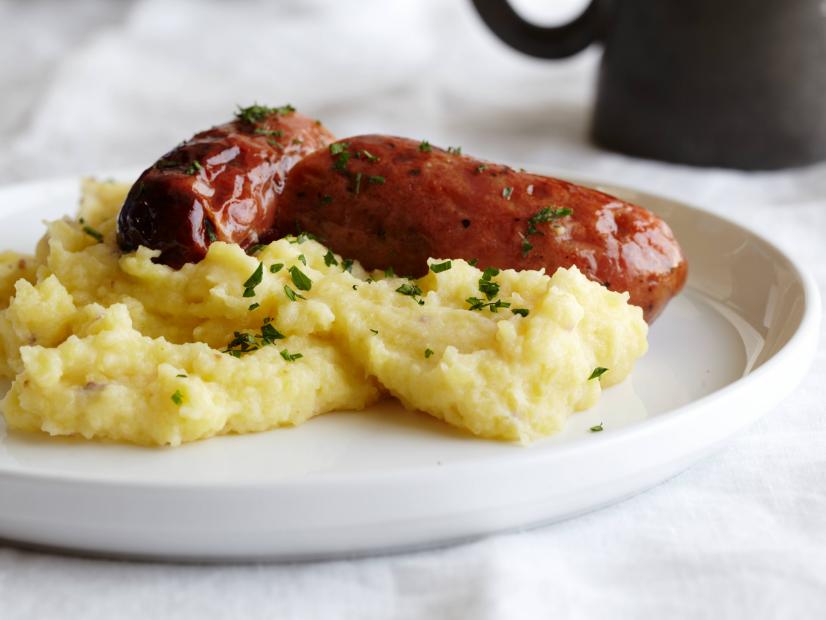
:no_upscale()/cdn.vox-cdn.com/uploads/chorus_asset/file/7928279/full_english_Pelliccis.jpg)
